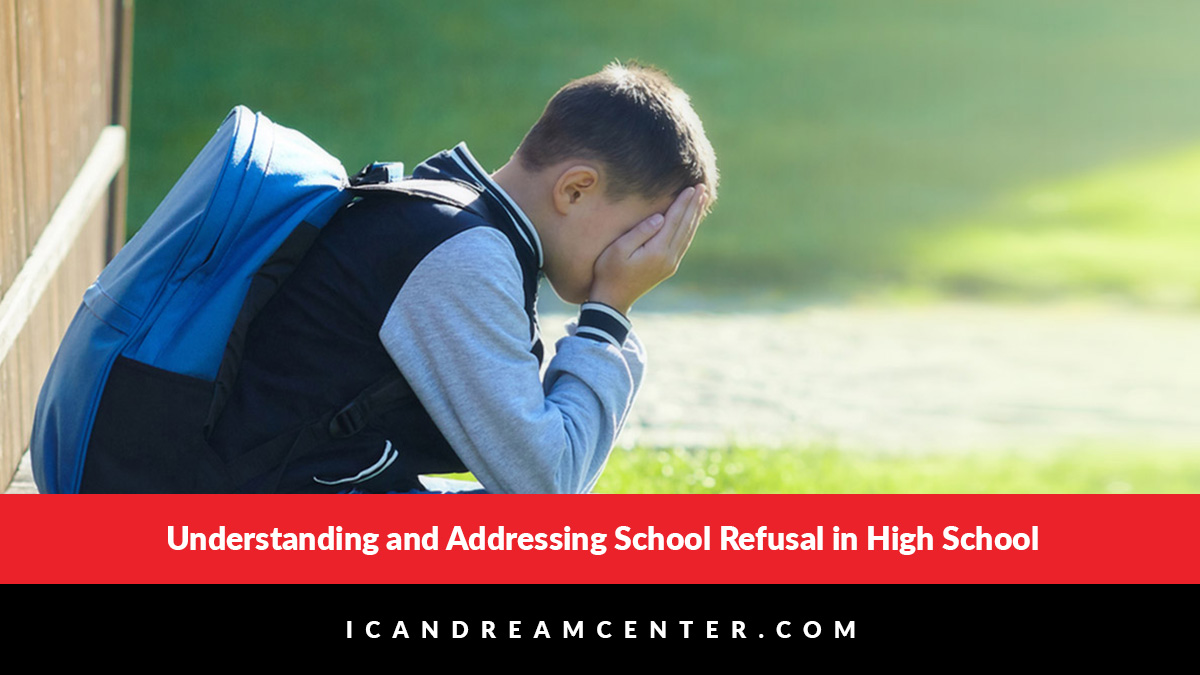
Understanding and Addressing School Refusal in High School
The COVID-19 pandemic has undeniably reshaped the landscape of education, presenting teachers with unprecedented challenges. One of the pressing issues that educators now face is school refusal among high school students in the post-pandemic era. As we strive to support families, it’s essential to understand the factors contributing to school refusal and employ effective strategies to support our students.
What is School Refusal?
School refusal, also known as school avoidance or school phobia, is a behavioral problem where students consistently avoid attending school due to emotional distress or anxiety. While school refusal has been a concern for educators for years, the pandemic has exacerbated this issue.
Contributing Factors to School Refusal Post-Pandemic
1. Fear of Infection: The fear of contracting COVID-19 or transmitting it to family members remains a significant concern for some students. This fear can be particularly paralyzing for those with underlying health conditions or living with vulnerable family members.
2. Social Anxiety: Prolonged periods of remote learning limited students’ social interactions, making the transition back to in-person classes challenging. Many high schoolers may experience social anxiety.
3. Academic Gaps: Learning loss during the pandemic created academic gaps for some students. The fear of falling behind academically can be overwhelming and may lead to school refusal.
4. Mental Health Issues: The pandemic took a toll on the mental health of students. Anxiety, depression, and other mental health issues can contribute to school refusal.
5. Loss of Routine: The pandemic disrupted the daily routines of students. The return to structured schedules was daunting for some who had difficulty bouncing back from the flexibility of remote learning.
Addressing School Refusal
1. Build Trusting Relationships: Teachers can play a crucial role in supporting students by building trusting relationships. Create a safe and non-judgmental space for students to express their concerns and fears.
2. Gradual Reintegration: Allow students with school refusal to gradually integrate into the school environment. Consider a hybrid model or flexible attendance policies to ease the transition.
3. Mental Health Support: Collaborate with school counselors and mental health professionals to identify and address students’ mental health needs. Offer resources and referrals for students who require specialized assistance. School to community-based organizations is more important than ever in the wake of COVID-19.
4. Re-establish Routines: Help students establish daily routines and value sleep by providing clear schedules and expectations. Predictability can reduce anxiety and increase a sense of security.
5. Promote Peer Support: Encourage peer support networks within the classroom. Pair students who may be struggling with those who are more confident to provide mentorship and companionship.
6. Individualized Plans: Work with parents, caregivers, and support staff to develop individualized plans for students experiencing school refusal. These plans should be tailored to address each student’s specific needs and challenges.
School refusal in high school is a complex issue that requires a compassionate and proactive approach. By understanding the factors contributing to school refusal and implementing strategies to support our students, we can help them navigate the challenges of returning to in-person learning and create a nurturing educational environment that promotes their well-being and academic success. Together, as educators and caregivers, we can provide psychologically safe spaces for young people during these ever evolving, challenging times.
